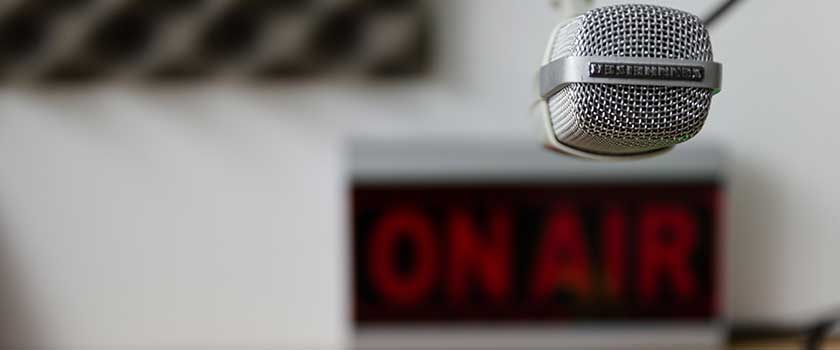Address
38 Eastwood Drive, Suite 401
South Burlington, VT 05403
Work Hours
Monday to Friday | 8AM—5:30PM EST


In 2017, spending for radio advertising surpassed $18 billion, and that growth is expected to continue through 2021, according to Chron. This may contradict what many people think about radio advertising: that it’s obsolete and near extinction. The truth is that radio is just as prevalent as ever, if not more so. If you’re hesitant about adding radio to your ad mix, allow us to clear up some myths about radio advertising.
With the internet and streaming music services, listening to AM/FM radio has gone the way of the dodo.
Over a thousand licensed radio stations reach a total of 233 million US listeners each week. Plus, the average person listens to 1000 hours of radio every year; that’s almost as much as TV’s 1500 hours a year.
In addition, many people are loyal to their favorite local stations, especially listeners within older generations. As a result, these faithful listeners feel a stronger connection with businesses advertising on their preferred stations.
Radio advertising simply cannot reach its desired demographics as well as online advertising can.
Not only do radio ads reach people in specific geographic areas, but businesses can easily reach their goal demographics due to the wide variety of radio stations. Also, using a call tracking phone number in radio ads allows businesses to target audiences with more precision than online advertising. Unlike online ads, which only track the number of visitors to a site, paid ad tracking does not distinguish between real people and bots.
Call tracking, on the other hand, provides more details about actual callers—real people with a genuine interest in a brand or business. The information compiled using call tracking can help businesses more accurately target their desired audience in future ad campaigns. While call tracking does exist for paid ads, businesses still need to purchase the toll-free numbers and route them through a call tracking platform. Therefore, pay-per-click ads are not as cost-effective as radio ads with call tracking.
Advertising on the radio just does not have the same impact as other, more “modern” means of advertising.
Consistent radio ad rotation helps advertisers build brand awareness. According to one article, retailers experience a 30% rise in foot traffic when they advertise on the radio. In addition, advertisers improve their overall advertising efforts when they combine radio ads with other advertising mediums.
For instance, TV marketing increases brand recall by 34% when mixed with radio ads. And ROI for internet marketing has increased more than 4 times, and branding in radio advertising is 3 times more effective than print advertising.
Want even better results? Use an unforgettable vanity phone number in your radio ad. Vanity toll-free numbers are much easier to remember than numeric toll-free numbers. In fact, vanity 800 numbers generate 25-50% higher response rates and 14x more calls!
Radio is a cost-effective, easy way for businesses of all sizes to elevate brand awareness and generate more leads. Now that you know the truth about radio advertising, learn more about making vanity numbers a part of your marketing strategy.